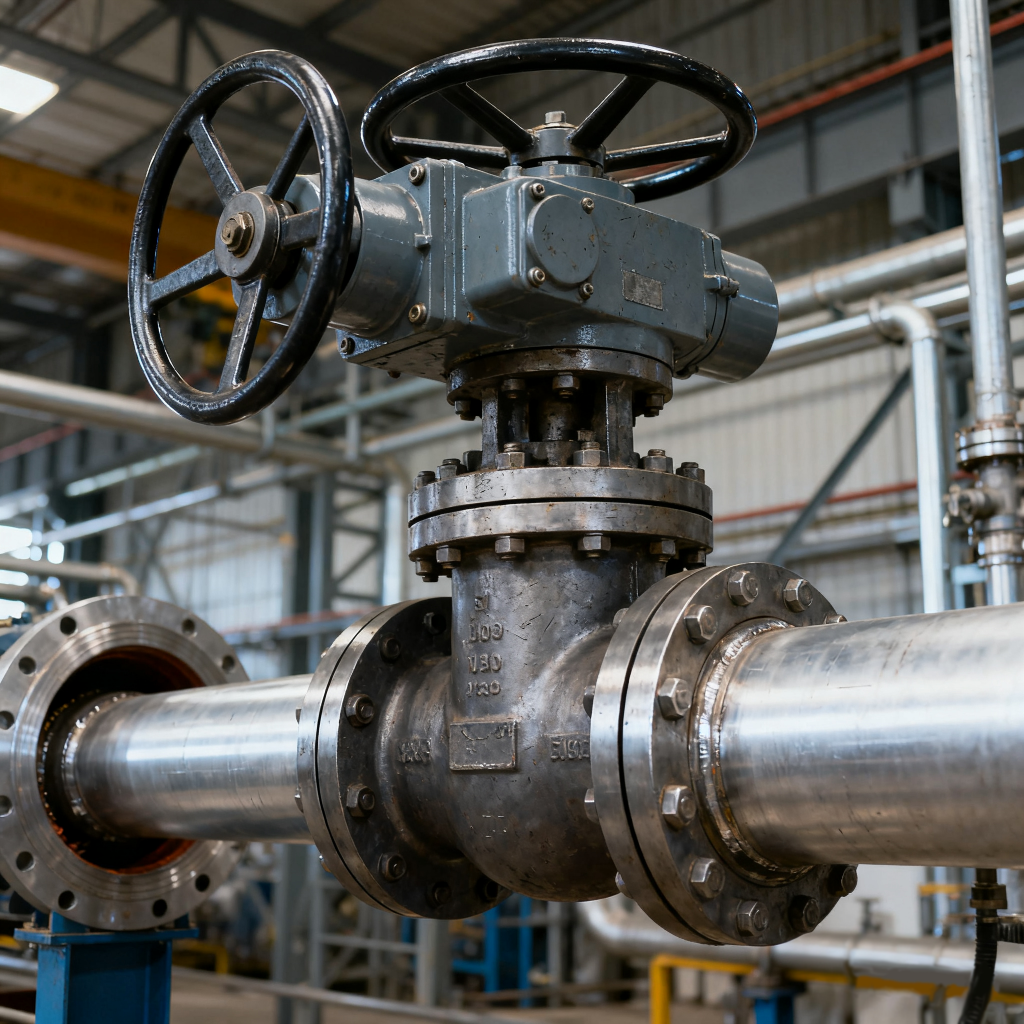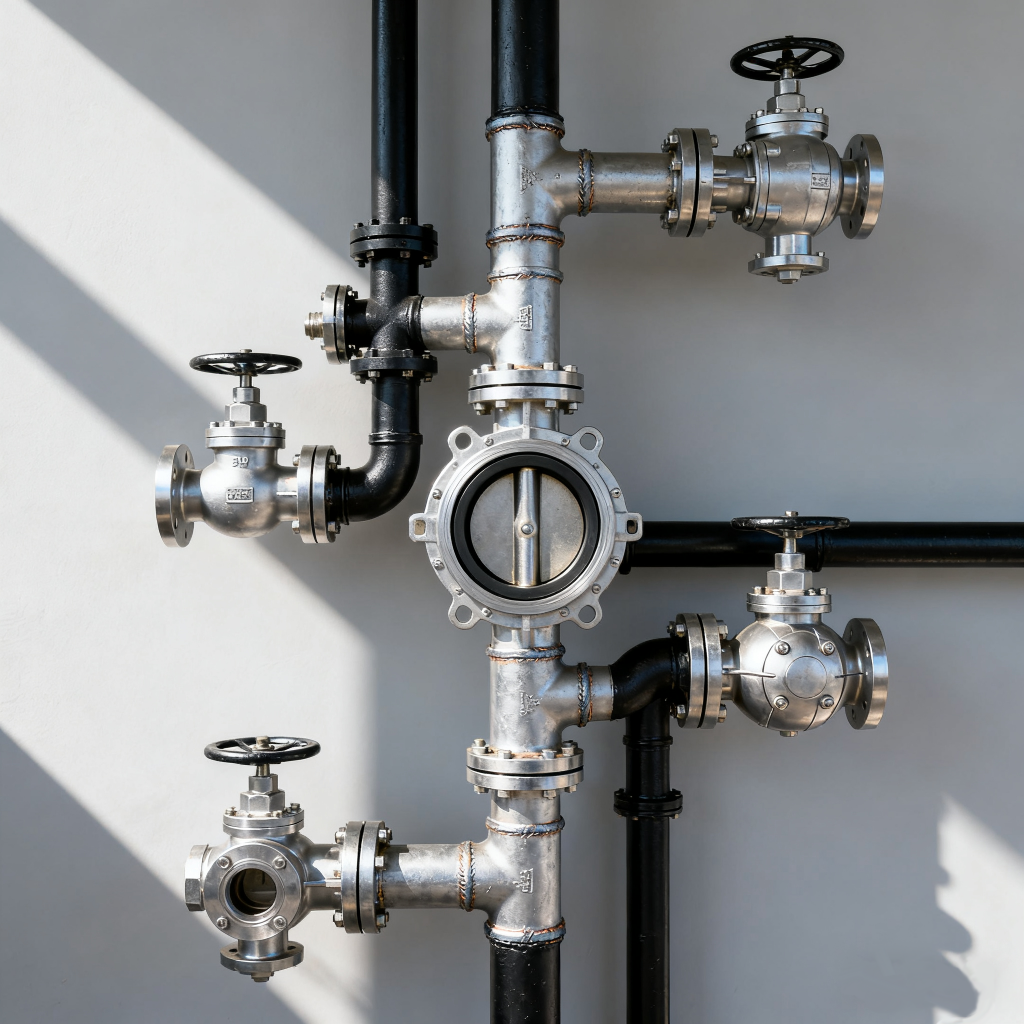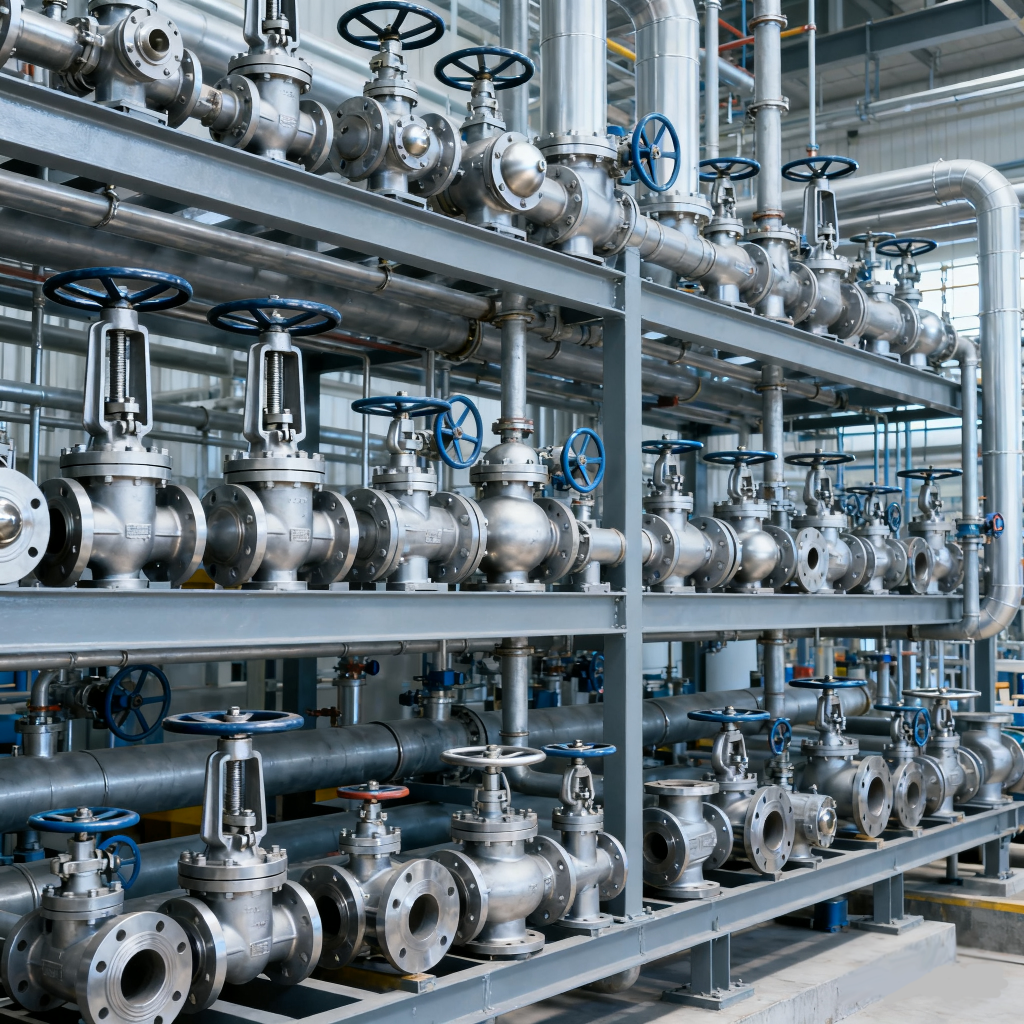Pneumatic actuated valves use air pressure to move fluids safely and efficiently, directly affecting energy use, downtime, and safety. Choosing the right valve saves long-term costs. Focusing only on price is risky, as maintenance and failures may outweigh savings. This guide helps you select valves that balance performance, reliability, and cost-effectiveness.
1.Common Types of Pneumatic Actuated Valves
- Ball Valves – Fast on/off with excellent sealing. They quickly control flow in pipelines.
- Butterfly Valves – Lightweight, affordable, for large flow and low-pressure systems, e.g., HVAC or water treatment.
- Globe Valves – Accurate flow control for processes like chemical dosing.
- Gate Valves – For large pipelines, used in water, oil, and gas transmission.
- Check Valves – Prevent reverse flow, protecting pumps and equipment.

2.Key Factors in Pneumatic Valve Selection
- Control Needs – Use ball valves for fast shut-off in pipelines, such as emergency isolation lines. Engineers choose globe valves when they need precise flow control, for example in chemical dosing or mixing systems.
- Pressure & Temperature – Use stainless steel or alloy valves in high-pressure steam lines or high-temperature process systems. This ensures durability and safety.
- Fluid Characteristics – Choose 316 stainless steel or coated valves for corrosive chemicals, abrasive slurries, or wastewater. Doing so prevents corrosion and wear.
- Operating Environment – Choose actuators and housings that operate reliably under varying air pressure conditions and withstand dust, humidity, or explosive environments.
- Cycle Frequency – High-cycle operations, such as frequent pump on/off sequences, need durable actuators and wear-resistant seals. This helps reduce maintenance and downtime.
3.Material and Durability Considerations
- Aluminum – Low-cost, lightweight, suitable for mild environments.
- Stainless Steel (304/316) – Choose stainless steel to resist corrosion and ensure long service life, even at a higher initial cost.
- Carbon Steel – Strong, cost-effective for non-corrosive media.
- Special Alloys (Hastelloy, Monel) – Essential for corrosive or high-temp fluids.
- Seals (PTFE, Viton, EPDM) – Match to fluid type and temperature for durability and leak-free operation.
4.Compliance and Standards
- Follow ISO, API, CE, and UL standards to ensure valves meet strict safety, pressure, temperature, and leakage requirements.
- Manufacturers test certified valves for reliability and ensure they are compatible with multiple systems. For example, API 6D valves are ideal for oil and gas pipelines, and UL-certified valves suit explosive environments.
- Standardized designs simplify maintenance, make spare parts readily available, and reduce downtime and repair costs.

5.Cost vs. Value in Valve Selection
- Consider the total cost of ownership, including purchase, installation, maintenance, energy consumption, and expected lifespan.
- Install high-performance valves in critical areas. For example, use them in high-pressure steam lines or chemical dosing pipelines to ensure reliability and safety.
- In non-critical areas, choose economical valves. They are suitable for cooling water or general drainage systems and help reduce costs without affecting operation.
- Evaluate cost versus value to make smarter purchasing decisions that minimize long-term expenses.
6.Maintenance and Energy Efficiency
- Select valves that are easy to install and maintain while ensuring they meet system requirements.
- Choose actuators with low air consumption to save energy without compromising performance.
- Ensure spare parts are available and compatible with your system.
- Consider smart valves with monitoring features for predictive maintenance, especially in critical applications.
7.Vendor and Market Considerations
- Select reliable suppliers with technical support and spare parts.
- Choose actuators based on system needs: pneumatic for fast cycles, electric for precision, hydraulic for high-force applications.
- Build long-term partnerships to reduce operational risks and ensure consistent performance.

Conclusion
Selecting a valve is not just about price. A cost-effective solution balances performance, durability, material, compliance, energy use, and supplier reliability. Evaluating these factors ensures safer operations, lower energy costs, and long-term savings.